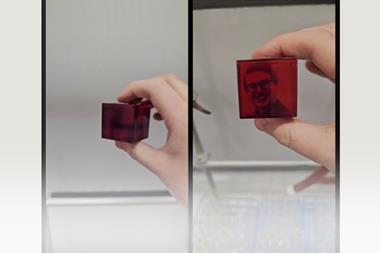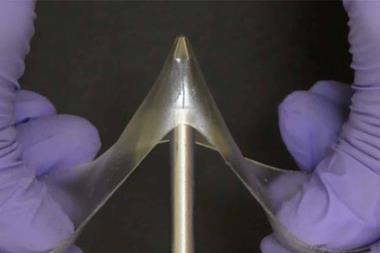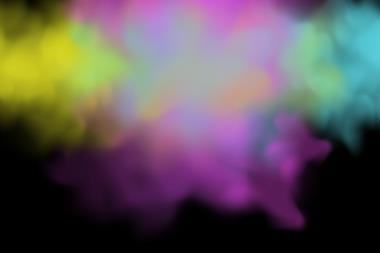The first flexible display device based on graphene has been unveiled by scientists in the UK, who say it is the first step on the road towards next generation gadgets that can be folded, rolled or crumpled up without cracking the screen.
The device is the result of a collaboration between Plastic Logic, a company that specialises in flexible displays, and researchers led by Andrea Ferrari at the University of Cambridge. Although others have successfully used graphene to make screen components before, this is the first example of a flexible screen that uses graphene-based electronics.
‘What we have done here is to include graphene in the actual backplane pixel technology,’ says Ferrari. ‘This shows that in principle the properties of graphene – conductivity, flexibility and so on – can be exploited within a real-world display.’
Graphene researcher Jonathan Coleman from Trinity College Dublin in Ireland, who was not involved in the research, described the advance as a ‘major landmark’ that could help kick-start the commercialisation of graphene devices. ‘We need some sort of big win, and this could very well be it,’ he says.
The team’s prototype is an electrophoretic display containing the kind of ‘electronic ink’ found in e-readers that works by reflecting – rather than emitting – light. Plastic Logic have been working on making these displays flexible for some time by replacing the glass with bendy plastic, and using non-brittle components in the electronic layer. Graphene is an ideal material for this, as it is more flexible and more conductive than the metals currently used. The team managed to make the graphene electrode in a way that is compatible with electronics manufacturing, using solution processing rather than chemical vapour deposition, which often requires temperatures exceeding 1000°C.
‘All the major companies are trying to make bendable and flexible gadgets,’ says Ferrari. ‘We think that graphene will be a powerful addition to that, and if we manage to make the process easy, scalable and cheap enough, then it should be considered very strongly by industry.’
As current displays go, the team’s prototype is basic, capable of showing images in black and white at a resolution of 150 pixels per inch – akin to that of a basic e-reader. But Ferrari’s team are working on applying the same technology to make a graphene-based LCD and OLED displays like those used in smartphones and tablets, capable of showing full colour images and playing video. Their goal is to have these ready within the next 12 months.
Coleman thinks this target is achievable. ‘These solution processed graphene products tick a lot of the boxes that are required to develop these technologies,’ he says. ‘It’s hard to say whether they’ll get there, but I would be confident. The partners here are very well suited to achieve these goals.’






















No comments yet